Optimizing your website for conversion is crucial, regardless if the aim is eCommerce, newsletter registrations, advertising impressions, time-on-site or any other purpose.
The optimization process is data driven, much like any scientific experiment. You modify and change then let the traffic to your site create data that breeds insight, intelligence and ultimately a basis for making decisions that get you closer to your goals.
Most of the elements of a website or page are within our control: design, text, navigation, etc, but on the other side of the coin are the people that make up what we so casually call “traffic”.
These people, as we well know, are not all the same.
They differ in many aspects, from gender to age; from organic to paid; from 1024×768 to 320×480 and onwards. More significantly though, people arrive to your site from across the world: from different countries and languages, different currencies and climates, and a whole assortment of cultural expectations. Hence, even if you have a “.com” English only site, you may very well be an international business by default.
How can you use your existing infrastructure and marketing efforts to cater for such a large audience at once? How can you make sure that your traffic is really getting the most relevant content leading to a conversion? The answer is Geo Targeting.
What is Geo-Targeting?
Geo Targeting is active response to Geo-Location: Having identified the visitor’s location according to the IP, and/or WiFi / GPS data (=”geolocation”), content specific to that location is served (=”geotargeting”). This location can be a country, state, city and more.
The simplest examples of Geo-Targeting are SERPs:
Here is a search on Google.com for “Italian restaurants” from Florida:
And now again, this time from near London, UK:
Naturally, the results are specific to the location, in an effort to serve information that is relevant to the query, thus driving conversions.
A different example involves on-site content:
This is Herz.com viewed from Singapore:
And Once again from Chile:
Spot the difference? There is variation in language, visuals, relevant texts e.g. “Driving from Singapore into Malaysia”, and more. Both are on the same domain and root directory of “Hertz.com”.
Why is it important?
When setting up conversion experiments that test different page elements, it may be valuable to make a prior segmentation that is location-based. Testing different ideas and approaches when location is taken into account, usually creates very interesting insights. What will work better for your funnel – showing your traffic from Spain pages in Spanish or English? Will you quote Euro or Dollar?
A/B testing is a useful tool, as well as multivariate testing. Yet, if the traffic is segmented correctly according to location before the split, your experiment is of far better quality, which will yield better results for you.
What should be tested?
Here are 5 ways Geo-Targeting can help you increase conversions:
1. Experiment with languages:
Match the page language to the visitor’s country of origin (You should allow a language switch of course) Measure what converts better if you have an entire funnel in different languages, otherwise decide on a KPI on the page (CTA click, time on site, etc) and measure its performance.
For example, visiting Samsung.com from Hong Kong redirects to their smasung.com/hk directory, and the language is as expected. Finding the location change icon is fairly easy at the bottom left, as is the language switch at the top right of the main menu.
At Coca-Cola’s site, when browsing from Germany, the site’s language is English, but Germany is emphasized, making an easier decision for the visitor. These splash screens are common for international sites, but whether they convert better is a valid question.
2. Match currency:
Experiment with another currency based on a region or country. You may want to keep it simple and try it on one popular product or landing page. Measure sales in combination with location – are the conversion rates any different if you display the currency of the visitor’s country?
Etsy.com does this well by displaying a wide variety of currencies for the products on sale. Here is a search for “Star Wars” jewelry from London, note prices are in GBP:
And the same search from Brazil shows the prices in BRL:
3. Evaluate serving Local, Relevant offers:
Try to match the offer you make on your pages (product, service, message, etc) to the visitor’s specific location. This sounds simple but requires careful thought and planning. Measure funnel performance for visitors that are geo-targeted versus a control group – are people finding this “filtration” helpful or confining in a way? Statistically, do visitors that are directly served with local offers differ in behavior than those that are asked to “choose your location”? Test it!
Another common issue is product or service availability for certain countries. Sometimes, you can only sell in one country and informing your international traffic of such is considered good practice. Why create a negative customer experience by showing something they cannot buy? Create anticipation instead:
4. Match Marketing
Geo-Targeting allows you to run different campaigns in different locations. Your ads might be served all over the world and vary in their marketing message according to the segment and audience that you approach. Is the marketing message on your site the same as the geo-targeted ad? Experiment with sending traffic from a geo-targeted banner to a geo-targeted landing page (in language, currency, offer, etc) and to a generic page – what converts better?
The Google Chrome campaign is a great example, as it serves over 100 different banners in Europe alone! Naturally, the banner matches the download landing page:
5. Evaluate visual elements
As with any Split or Multivariate testing, modification of the visual elements can make a big difference. Similarly, testing different design elements based on the visitor’s location may enlighten about the funnel you’re testing. The way bright colors are interpreted by one culture on side of the planet may be vastly different to another. Think of holiday themes as an example, or national flags as another.
Here is Marriott.com as viewed from France:
And from Japan:
Even without understanding the content, the visual difference is significant. Also note that the initial form on the page for the Japanese site is different.
Another example is HP.com from Egypt: note the Right-To-Left changes, and some of the language in the images.
The Italian version:
It gets very interesting in the “Special Offers” page on Skype.com:
Below are screenshots of the Special Offers page from the USA, Holland and Sweden, in that order. There are significant differences here, not only in design, but in offering too.
How to geo-target your pages for testing?
Ok, so how do you test some of these location-based assumptions?
1. IP Redirect:
To keep things simple, you may try IP based redirects on your server. You can setup simple redirects based on geolocation, using .htaccess or httpd.conf on your Apache server (mod_geoip). The GeoIP API (MaxMind) will enable you to quickly configure your server to divert traffic according to the originating IP. Your web analytics and optimization should do the rest. All you need to make sure it that you have a couple of landing pages to test your assumptions on.
2. Pay-Per-Click Advertising (PPC)
Another easy, yet possibly expensive, way of testing geo-location is using a PPC platform such as AdWords. You can set your campaign targeting to very specific locations and languages, as well as set the destination URLs of your individual ads. Similarly, this will require a set of landing pages for each campaign, but delivers results very quickly. You may be able to run a fast, data rich, and location-based conversion analysis with little more.
3. Geo Target domains / subfolders
Another method that you may consider is following Google’s Webmaster guidelines for country segmentations and either using subdomains or subfolders for specific countries and languages. This assumes that you have a generic TLD (.com, .org, etc). For example, es.example.com or www.example.com/es/ for Spain/Spanish. This might be the better local SEO solution because it also means that the subdomains or subfolders you specify will be shown in local searches on Google, based on TLD. The downside is that it requires a fair amount of work to setup, and might not coincide with your branding efforts internationally. An important note about this method is that it does not solve the problem of language, but only the country location. So if your service or product is available internationally, you probably shouldn’t limit the geographic location for which Google serves results. Nonetheless, this approach serves as a good platform to initiate conversion optimization on those segmented pages or sites.
4. Geo Target Content
For content specific items, and multivariate testing, geo-targeted placements and elements will rely on your current traffic flow and allow you to run these experiments without the PPC overhead and an international SEO strategy.
There are several options:
1. Coding:
Use PHP, JavaScript (and/or more) to query a geolocation database, and perform display logic accordingly. You will find numerous examples on the web to accomplish this. It’s fairly simple if you’re comfortable with going behind the scenes.
2. Web Services and Tools:
The user friendly optimization platforms such as UnBounce and Visual Website Optimizer, and even Google’s Website Optimizer don’t support simple Geo Targeting of web elements or Geo Split Testing out-of-the-box (yet). If you use Omniture (Adobe Test&Target) and such then you’re probably already using Geo Targeting on your content.
3. The Google Website Optimizer + BTBuckets solution:
For the rest of us, here is the best way to run a geographically segmented test on your site using Google Website Optimizer and BTBuckets – for free! BTBuckets is a real-time segmentation tool that lets you segment your traffic and then define actions based on that segmentation. Running the Website Optimizer code is one of them.
If you want to Split Test, BTBuckets have a browser plugin that will modify the Google Website Optimizer code to work with the segmentation you create with BTBuckets. It’s fast and simple. For multivariate test you’ll need to:
I. Set up a test in Google Website Optimizer and implement experiment JavaScript code on your pages.
II. Set up geolocation buckets on BTBuckets
III. Add the BTBuckets tracking tag to your site
IV. Modify the Google Website Optimizer tags (Control, Tracking and Conversion scripts) to be conditionally activated if there is a Bucket match[1].
V. That’s it! Run your test. (Links to the full instructions are at the end of this article.)
How to Monitor Geo Targeted Conversion Tests
Ok, now what? How do you know it works?
Having initiated a Geo Targeting conversion experiment, you are faced with an inherent problem: how can you verify that your Geo Targeting works? One option is to ask people that are located worldwide to browse your targeted pages and inform you of the results. Another, far more convenient method, is to use a “global geo proxy network” that allows you to browse the web from different global locations.
There are several such services available that allow you to choose from over 100 worldwide locations including countries and cities. The easiest, safest and most reliable to use are browser extensions that enable you to simply select a location from a dropdown menu and browse as usual.
Global visibility tools such as proxy network services encompass many benefits for the process of geo-targeted conversion. Some are:
- See for yourself that it actually works!
- Run through the funnel and verify that all the settings are correct.
- Personally inspect issues such as performance and latency that may affect your conversion. If you measure Page Speed you may discover that distance=latency=low conversion.
- If you advertise on your site (AdSense, etc) you might want to see what ads are displayed on your site when viewed from different locations. It may be a factor deterring or contributing to conversions.
- Crucially important – examine what your competition is doing in other markets! Find out the relevant offers/interests/deal/etc for a specific location even if you’re on the other side of the planet. Use that intelligence to come up with your next winning design, offer, story, etc’ and modify your test accordingly.
Conclusion
This article introduced the value of Geo-Targeting your web pages, as well as the immense potential in converting traffic according to geographic location. The location of your visitor is sometimes far more important than his browser, screen resolution or which keyword he clicked.
Geo-Targeting content is simple and beneficial to most websites, advertisers and publishers, as well anyone using PPC campaigns or SEO. Not only does it enable you to match the most relevant content to your visitor, Geo Targeting also serves as an excellent basis for experimenting with traffic to optimize your funnels. Some ideas were presented here that may be tested, but the options are virtually limitless.
You should take advantage of the monitoring tools allowing you to actually browse from different countries worldwide, and to understand your competitors and market much better. Discover opportunities and combine such insight and true business intelligence with invaluable analytics to make your conversions soar.
Reference
Tools mentioned and used in this article:
Other resources:
About the Author: Yotam Tavor is a Freelance Online Marketing Expert with a decade of online marketing experience. Specializing in Conversion Optimization for large businesses, affiliate models, risk management in marketing channels, and building marketing strategies for startup companies.
[1] Important note: The Google scripts have evolved since the BTBuckets integration posts were published, so use code validation to make sure your scripts are without error.
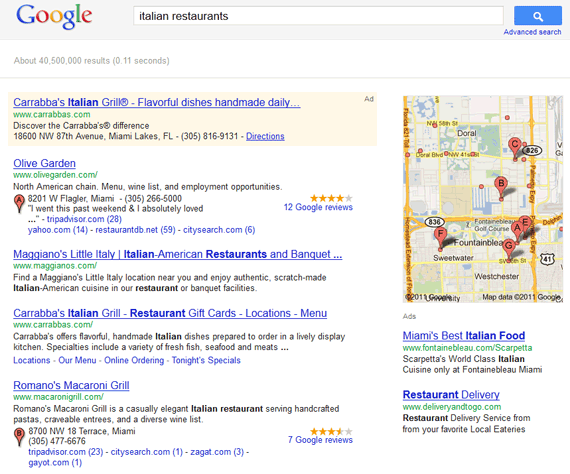
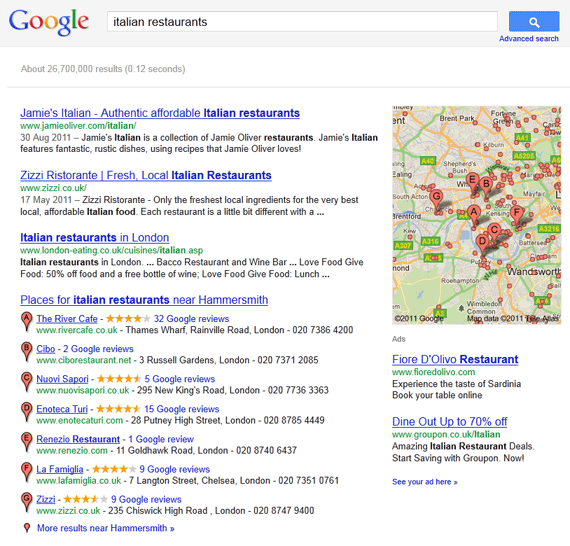
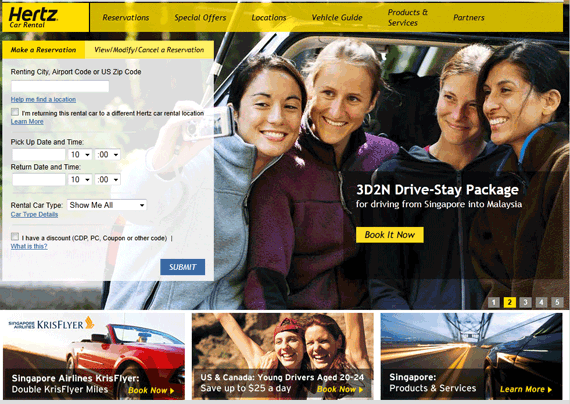
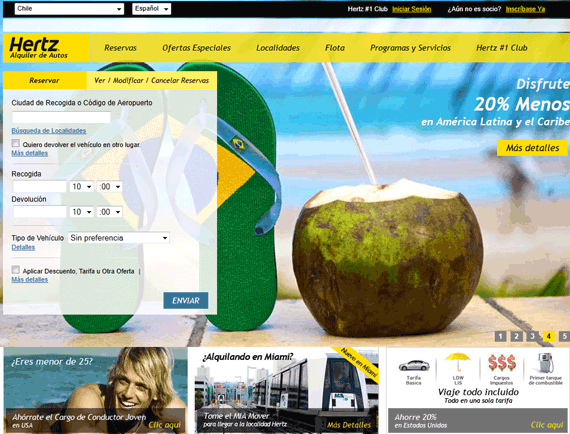


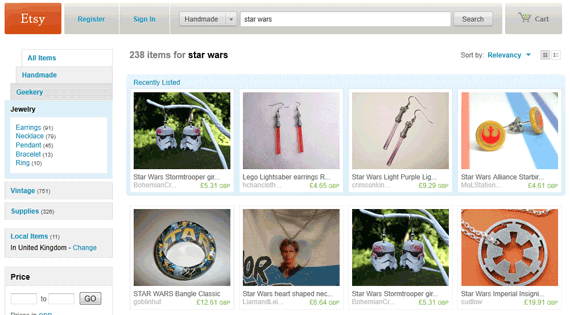
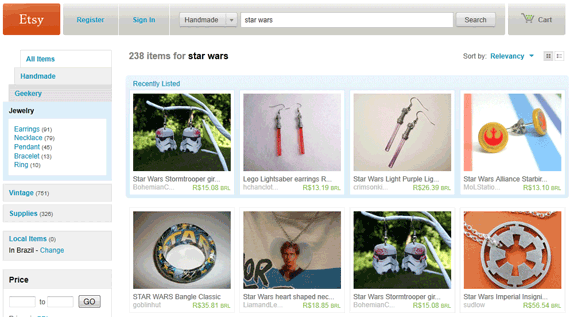
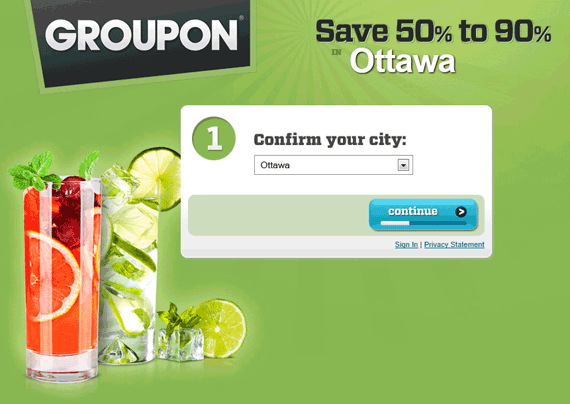
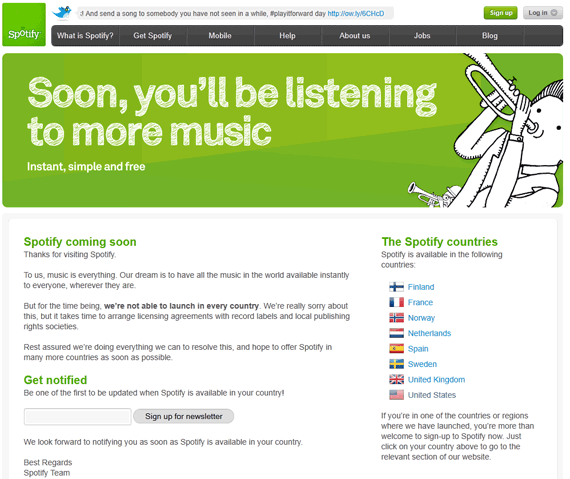

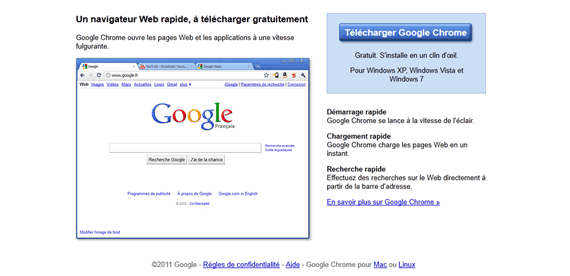
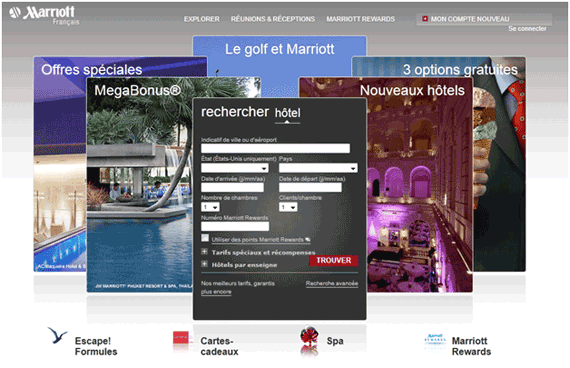
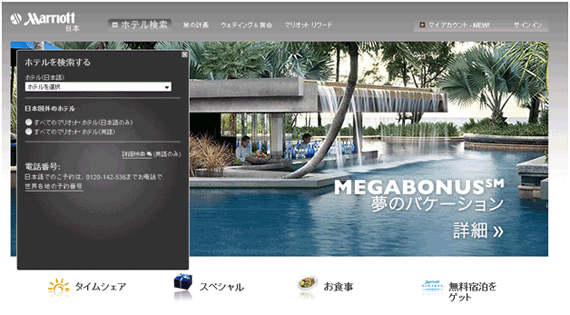
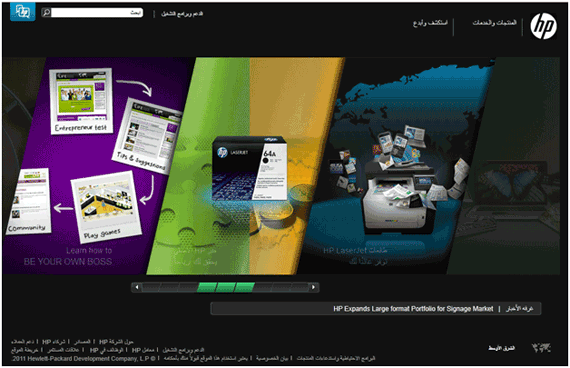
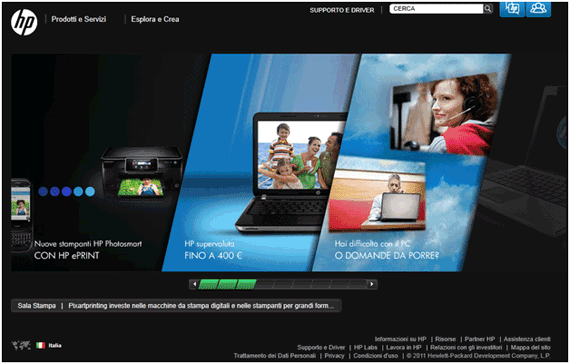
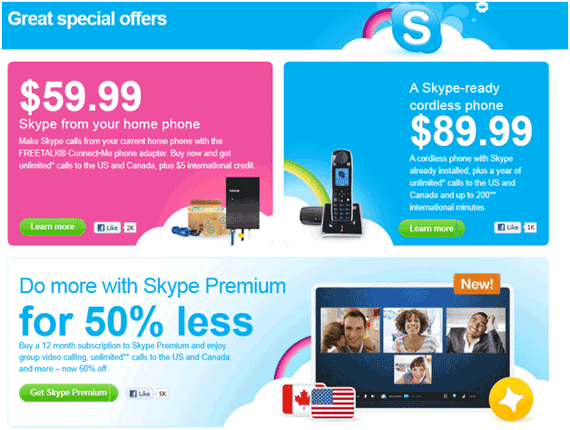
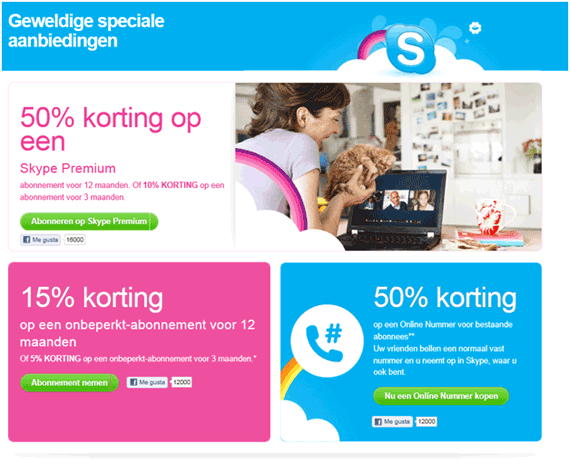

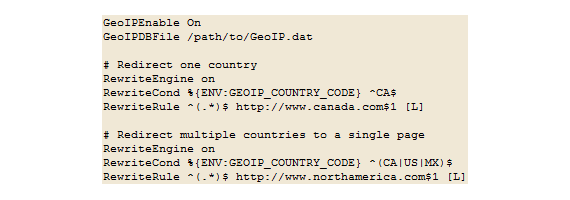
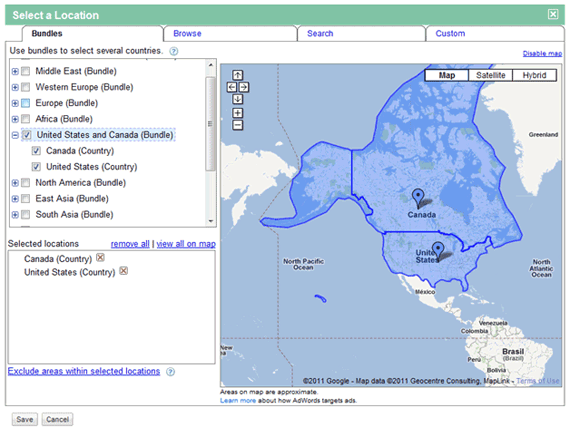

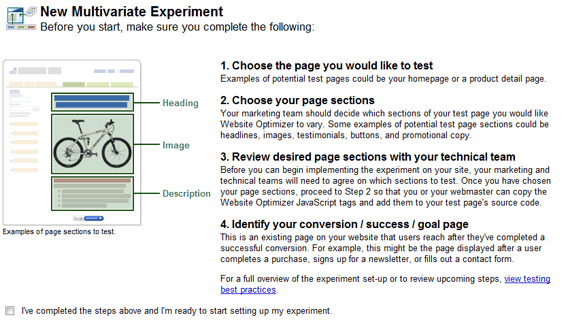
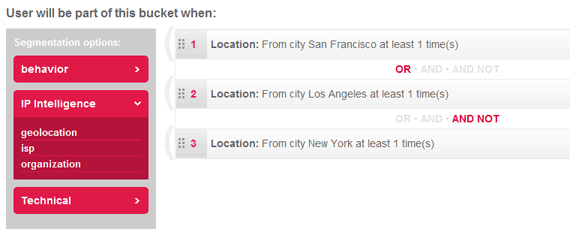
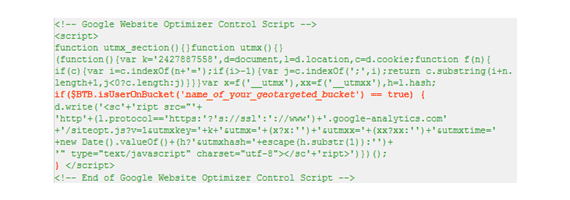
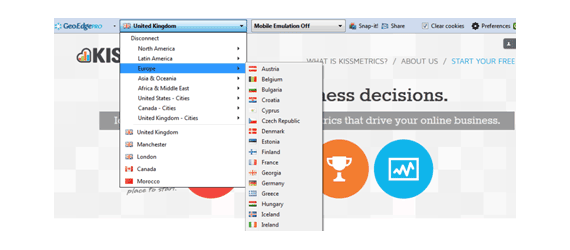
Comments (17)